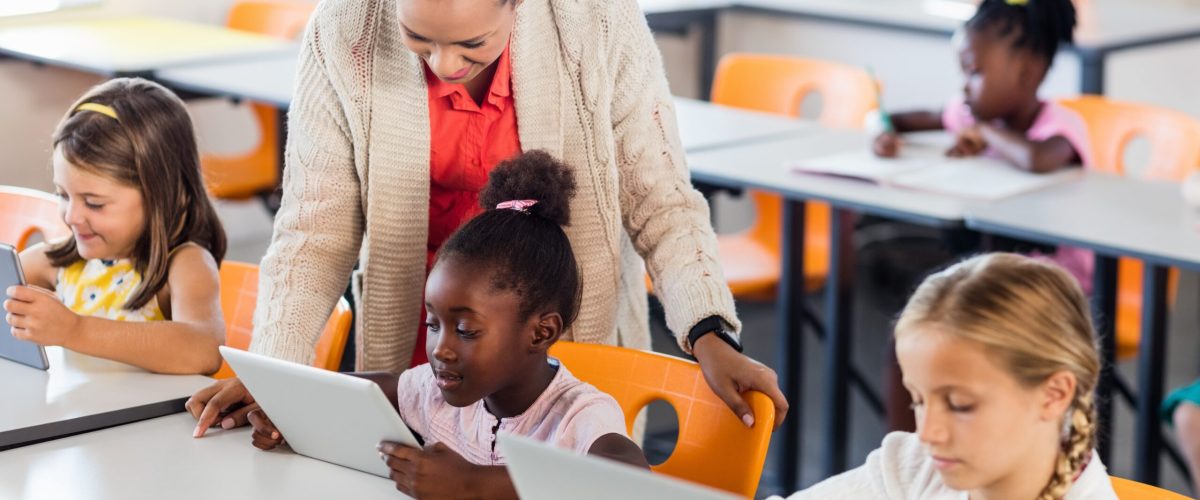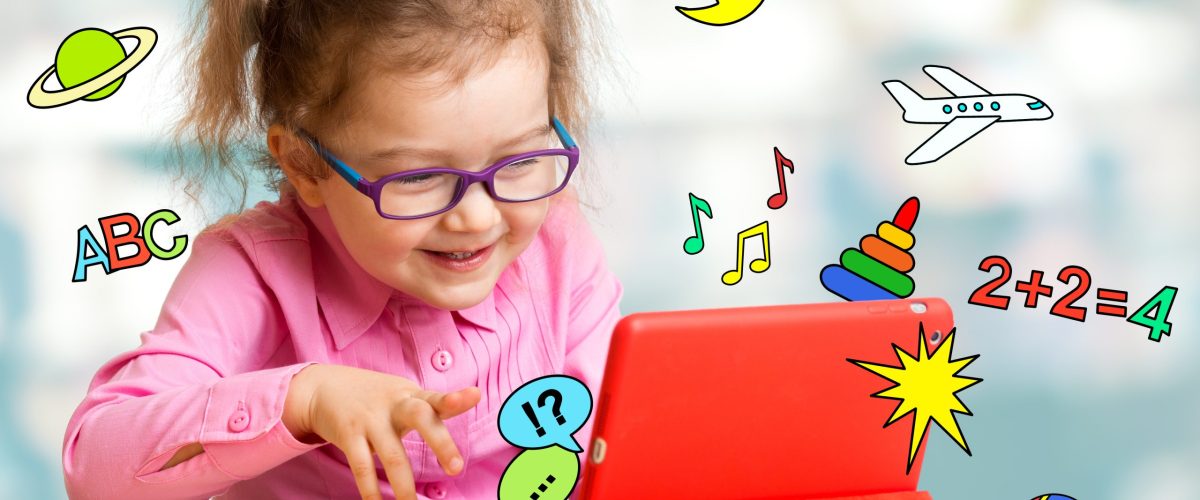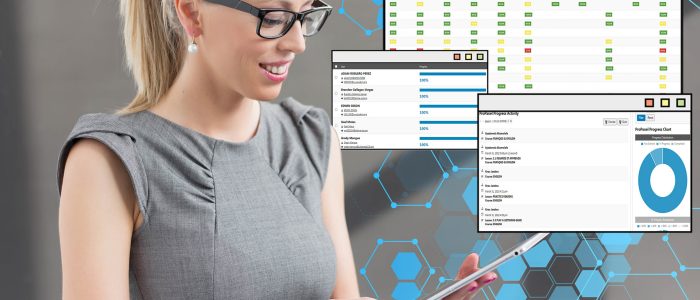
When it comes to academic tests, young emergent bilinguals have two challenges to overcome! The language barrier is only half of the challenge. Since most tests are now conducted online, technology skills are very important even in Kindergarten. However, many children who are starting school lack these skills for various reasons. Some attended a Pre-K program that did not provide opportunities to utilize technology for learning activities. Some students don’t have any devices at home and don’t get to attend Pre-K. They may use their parents’ phones to watch a video or play a game occasionally but they don’t know how to use a computer or a tablet for educational or testing purposes. This puts them at a disadvantage compared to students who have experience using a program like Little Sponges to develop their language and tech skills. Some emergent bilinguals may have the language skills to score high on their WIDA or TELPAS test but they lack the tech skills necessary to record or type their answers. Small things like knowing how to unmute a video, click a recording button, or use a keyboard can make a big difference!
As technology continues to advance, its benefits are becoming increasingly apparent in the field of education. In particular, technology has revolutionized language learning, providing students with an immersive and interactive experience that can improve not only their language skills but also their technology skills. In this blog post, we will explore the key benefits of technology for young emergent bilinguals, and how technology can help prepare students for state mandated tests. Do not hold your students back by avoiding technology! Learn how to use it correctly and provide the latest tools to your students so that they can reach their full potential in today’s digital world!
1. Develop Tech Skills and Prepare for Online Tests

In today’s digital world, it’s essential for students to develop basic tech skills, such as typing, navigating a website, and using software applications. By incorporating technology in your language class, students naturally develop these skills as they use software applications and online tools to improve their language skills.
According to Texas Prekindergarten Guidelines, students should know how to use different types of online programs and apps by the time they finish PK. They are expected to use technology to learn new information (i.e. watch a video about animals or participate in a virtual trip) and interact with technology to practice new skills (i.e. play a game).
State-mandated tests, such as WIDA and TELPAS are typically conducted on computers and iPads. Therefore, it’s essential for students to be proficient in basic tech skills to perform well on these tests. By using technology-based language learning programs, students become familiar with computers and learn how to navigate them efficiently, which helps them prepare for state-mandated tests. Additionally, these programs often offer practice tests and quizzes that simulate the actual test-taking environment, which can help students feel more confident and prepared.
2. Provide Engaging Lessons and Comprehensible Input
Technology-based language programs offer an immersive and interactive learning experience that helps students improve their vocabulary and content knowledge. These programs provide a variety of multimedia elements, such as videos, audio recordings, and images, that help students learn new words and concepts in a fun and engaging way.
Interactive quizzes and games can reinforce what they’ve learned and provide immediate feedback, which improves comprehension, and retention.

When used correctly, media usage in an educational context exposes children to new ideas, helps with knowledge acquisition, and provides increased opportunities for social contact and support.
The American Academy of Pediatrics
3. Personalize Learning and Track Progress Based on Data
Technology-based language learning programs often include adaptive learning features that help personalize the learning experience for each student. These features allow teachers to analyze the student’s learning patterns and adjust the content and difficulty level accordingly. This approach helps students learn at their own pace and in their own way, which can significantly improve learning outcomes. Additionally, personalized learning can help identify areas where students need extra support or challenge, which can help them achieve their full potential.

Effective uses of technology and media that are active, hands-on, engaging, and empowering; give the child control; provide adaptive scaffolds to ease the accomplishment of tasks.
National Association for the Education of Young Children
Ideas for Integrating Technology in the Classroom
1. Use High Quality, Authentic Content
Using video content related to the topics students are learning is a great way to enhance instruction and engage young children. This content should be age appropriate, safe (no ads), non-fiction, and easy to access!
With ready-to-go video-based lessons, the Little Sponges program allows students to express themselves in ways that highlight and accommodate their personal strengths and learning styles.
Little Sponges program covers several topics and vocabulary groups in a way that’s fun and contextually relevant for young children and it leverages the power of real-life videos, bilingual characters, songs, and interactive games to help young children become bilingual.
2. Take Virtual Field Trips
Children love field trips! Educational technology enables students to take many virtual trips and visit places that they may not have a chance to visit otherwise.
The Little Sponges program allows you to “fly” to Spain, “take a walk” in the forest, enjoy an international concert, and see beautiful landmarks from the comfort of your classroom.
You can see the breathtaking landscapes of Africa or explore a beautiful coral reef in the ocean. By taking virtual trips, your students learn language and content in context!
3. Use Assessment Data to Support Learning

How are you supposed to help someone, get to a location, if you don’t know where they are now? Logically, you must first find out where they are, so you can get them to where they need to be!
Many schools rely on pre and post-assessments but it’s not enough. It is better if teachers can get an idea of how each student is doing in both L1 and L2 at any time during the school year. This allows them to adjust lessons or close learning gaps in both languages very quickly. This may seem impossible but it’s totally feasible if you have the right EdTech.
In conclusion, technology has transformed language learning by providing an immersive and interactive learning experience that can improve vocabulary, content knowledge, tech skills, and more. By incorporating technology into language learning, students can prepare for state-mandated tests, receive personalized learning experiences, and develop social and communication skills. Ultimately, technology-based language learning programs can help students achieve their full potential and succeed in today’s digital world.

